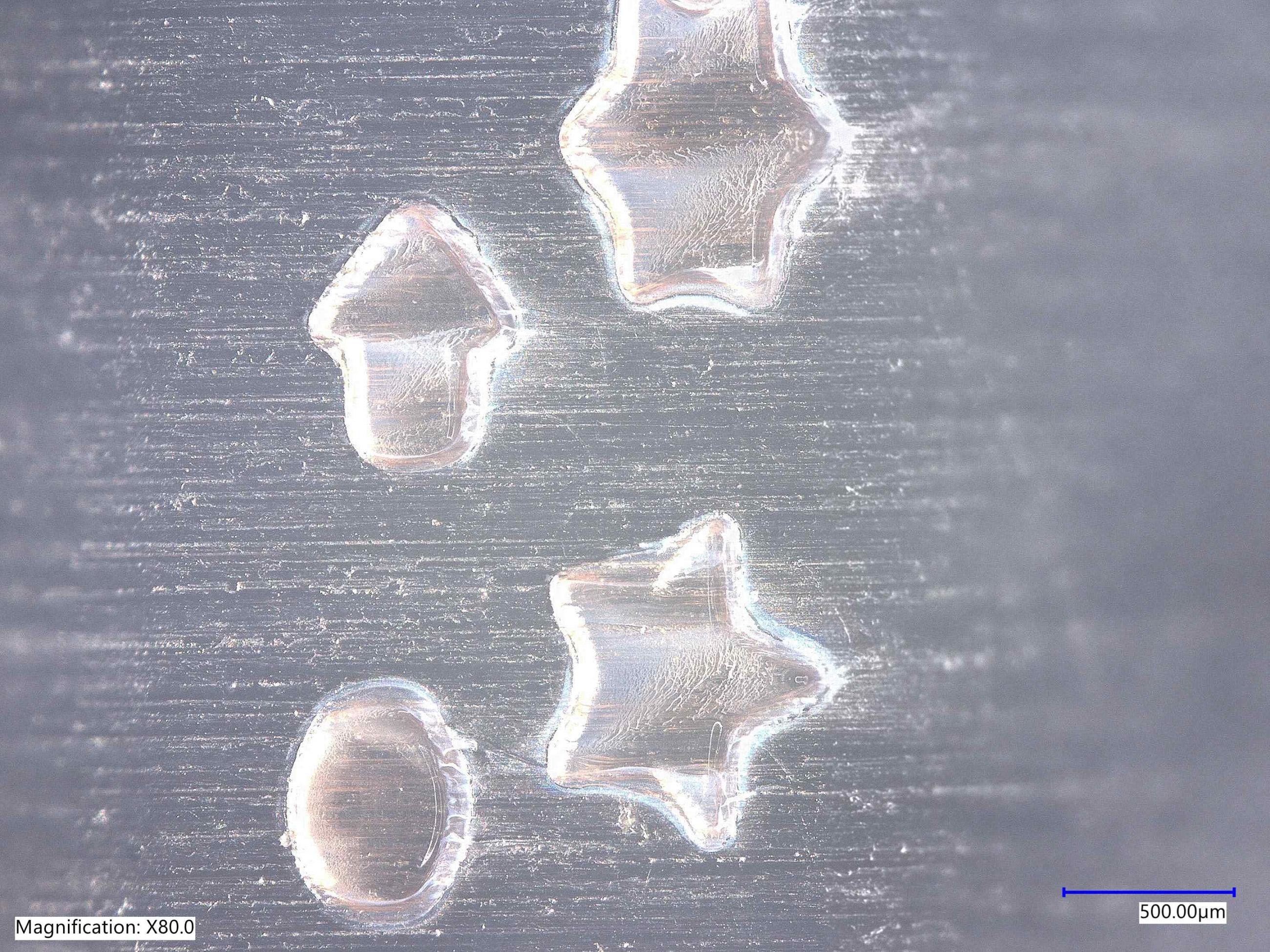Conductive organic materials such as graphite and graphene are of great interest in the production of energy storage devices and organic sensors due to their excellent electronic properties. The demand for high performance electronic devices has furthered the need for conductive materials with complex architectures. Additive manufacturing technologies, such as Stereolithography (SLA), have helped enable the production of conductive components with architectures not achievable through conventional manufacturing methods. However, there are some drawbacks to contemporary methods and materials, including the need for 3D printable composite resins with high percentages of carbon-based filler to achieve conductivity. This requirement makes SLA 3D printing challenging since the fillers hinder the photocuring process. Additionally, the presence of the fillers can produce defects throughout the matrix due to poor dispersion.
To circumvent these drawbacks, LLNL researchers developed a nitrile-containing photopolymer resin capable of graphitization via a thermally induced chemical transformation. The researchers were inspired by polyacrylonitrile (PAN), a precursor to the production of conductive carbon-fibers due to its ability to be graphitized in high yield. However, PAN is very difficult to process, thus limiting its commercial utility to solution-spun fibers and films.
LLNL’s invention is a photopolymerizable polymer resin that consists of one or more nitrile-functional based polymers. The resin is formulated for SLA based 3D printing allowing for the production of nitrile-containing polymer components that can then be thermally processed into a conductive, highly graphitic materials. The novelty of the invention lies in (1) the photo-curable nitrile-containing polymer resin formulation and (2) the ability to 3D print the resin into nitrile-containing polymers capable of undergoing thermal cure into conductive graphitic materials.
The major advantages of nitrile-rich 3D-printable photocuring resins include:
(1) negating the need for expensive carbon-based fillers that can adversely affect UV curing and could introduce defects if they are not well dispersed within the resin.
(2) the ability to form a more homogenous network microstructure, an attribute that enhances electronic performance.
(3) The ability to produce high-performance 3D printed electronics with unique architectures not achievable via other current means of production
Energy storage devices, organic sensors, electronics, biomedical devices, and wearable technologies
Current stage of technology development: TRL 2
LLNL has filed for patent protection on this invention.


